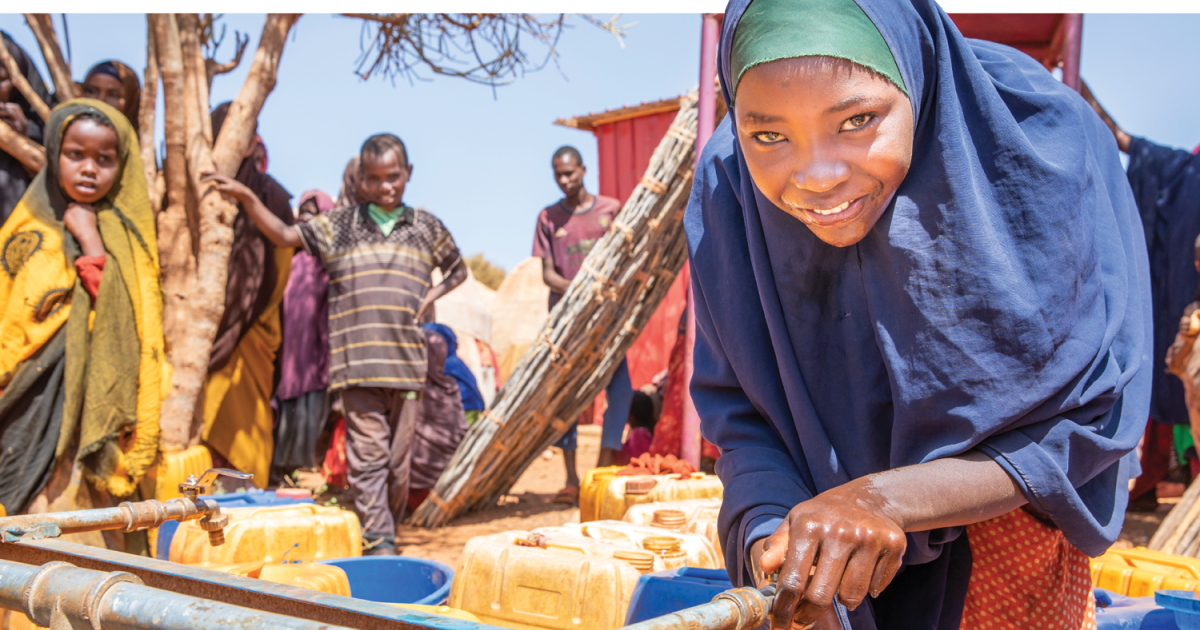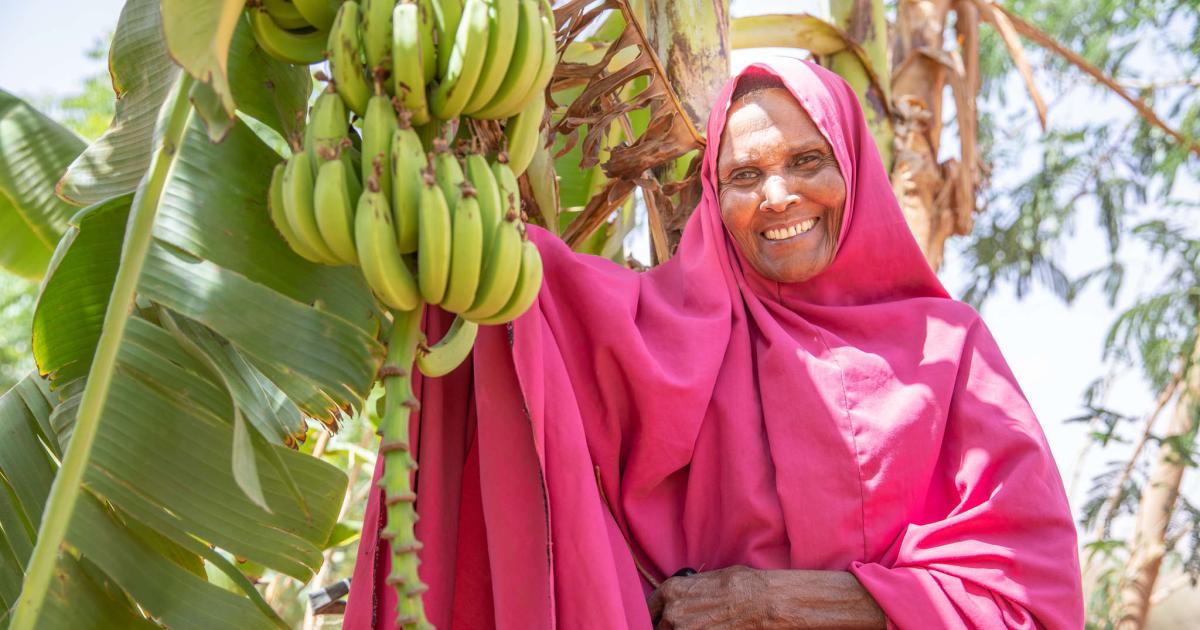Mercy Corps
The global NGO, Mercy Corps, with a headquarters for continental Europe in The Hague’s Humanity Hub, has launched a new campaign designed to raise awareness around climate challenges in the world’s most fragile communities. Its Climate: Possible campaign launches in the Netherlands on November 6th.
The most difficult places in the world
Mercy Corps' proven ability to operate in the most difficult places and affect change for and with the people that need the most help is what makes the NGO stand out.
Often that involves working in some of the most fragile and conflict-affected countries in the world, operating at the complex nexus where conflict and climate crisis collide. Mercy Corps prioritises communities that are prone to external climate shocks such as flooding, drought and tropical storms - while also dealing with the uncertainty and trauma of conflict or displacement.
Helping these communities build resilience is at the heart of the Climate: Possible campaign. But what does that look like?
How? 0More than 95% of Mercy Corps’ 6,000+ team members are native to the countries where they work, so they understand only too keenly what is at stake. These workers stand side-by-side with people in the community, helping them to:
- Build defences
- Improve infrastructure resilience
- Implement early warning systems
- Develop climate-smart farming solutions
- Strengthen socio-economic access
- Raise international awareness
Redressing the balance between mitigation and adaptation
When world leaders gather in Baku, Azerbaijan for the 29th COP conference, financing the global climate crisis will be right at the top of the agenda.
The annual budget for global climate funding is currently $100 billion, but in recent years only about a fifth of that budget ($21 billion*) has been spent on adaptation initiatives, with the rest going on climate mitigation targets such as net zero and reducing greenhouse gases.
Mercy Corps has long advocated for a greater share of global aid to be channelled towards climate adaptation programmes. In 2023, the UN’s Adaptation Gap Report identified an annual shortfall of $194-366 billion, meaning most of the world’s most vulnerable communities are left exposed and inadequately prepared for the climate shocks that will inevitably come.
The Climate: Possible campaign is looking to the philanthropic and private sectors to help fund long-term climate adaptation solutions, as well as advocating for greater governmental support and a fairer split between mitigation and adaptation initiatives. Already, several large organisations such as The Coca-Cola Foundation and the Bill and Melinda Gates Foundation have pledged their support, but much more is needed.
Caption with picture: Ahmednur (pictured aside) runs a shop in rural Ethiopia where he uses a solar panel provided by Mercy Corps to charge cell phones. © Ezra Millstein/Mercy Corps
The Netherlands: Champions of climate adaptation
In 2017, Mercy Corps established its Continental European headquarters in The Hague’s Humanity Hub. It is the perfect location at the heart of the city’s unique ecosystem of globally-focussed NGOs and humanitarian organisations.
Mercy Corps works closely with the Dutch government on advocacy for climate adaptation programmes, and the Netherlands has already pledged a more even split between these forward-thinking initiatives and the standard climate mitigation obligations that are typically discussed at conferences like COP.
Ahead of COP29, join Mercy Corps ‘Local Power, Global Impact: Advancing Climate Resilience’ event on Wednesday 6th November for an exclusive evening of insightful discussions and networking at the Rode Hoed in Amsterdam.
More about Mercy Corps' Climate: Possible campaign

Climate: Possible | A bold campaign to advance climate resilience
Mercy Corps launched the $250 million Climate: Possible campaign because we not only know what climate resilience looks like — we understand what it takes to get there.

Building climate resilience, one community at a time
Mercy Corps is committed to supporting communities as they anticipate and address the effects of climate change.

Climate: Possible position paper series
Each of the position papers in our Climate: Possible series articulates proven and high-potential solutions to climate challenges, drawing on Mercy Corps’ extensive experience, evidence, and insights.